Table of contents
FRAUD IN ECOMMERCE
On the Internet there is everything, but above all, there are very “naughty” people who know the systems and learn ways to bypass them. Just as in the real world thieves and fraudsters have been professionalizing and learning new ways (sometimes incredibly creative) to take advantage or, directly, to steal from the rest of the people, on the Internet this has become a legend.
There are 1001 scams of all kinds in which an ecommerce can fall, but really, all of them can be framed in a specific typology. The most popular are these:
Credit and debit card fraud:
This includes those using counterfeit or unfunded cards that go undetected until the order has already been shipped.
Identity theft:
This is most serious. The theft of third party data which is then used to make purchases in your name.
Delivery address fraud:
Fake delivery addresses, which do not correspond to reality, and which have a direct impact on us in logistics and return costs.
Fraud in international purchases:
In international shipments it is more complicated to certify the customer’s data, their addresses, the security of the payment platforms…it is necessary to carefully study all these issues to avoid falling into the hands of international mafias that know very well the “holes” of these systems.
Fraud caused by malware:
This is the most common one. “I have been sent a virus” and the like. Basically, its objective is usually to obtain data (both customer and business data). It is a highly specialized type of scam committed by very expert people. It is not within the reach of everyone and that is why they are the least common, since they are usually aimed at large companies with millions of customers around the world, and not at small ecommerce.
hOW TO PROTECT AN Ecommerce from fraud without becoming paranoid?
While all these threats to buyer security are serious and potentially harmful to your Ecommerce, there are a number of preventive measures that you can implement to minimize the risk of fraud in your online business, but beware, do not take these measures to the letter to their ultimate consequences, you have to have a little restraint and, above all, do not assume that every customer who enters your page is a potential fraudster … For example:
- Put in place security systems for credit card payments such as MasterCard SegureCode or Verified by Visa.
- Make sure your payment platform supports the AVS (Adress Verification Service), CV2 or 3D Secure protocol.
- Use a fraud profiling service such as FraudWatch, which has the ability to detect potentially fraudulent purchase orders before they are even processed.
Check the customer’s information and data without harassing him with a long form of questions and, above all, without the customer himself thinking that you suspect him (there is nothing worse than being considered a thief without being one). Is it the cardholder, does the shipping address correspond to a real location, has he requested express delivery and why, is the billing location in the same city or at least in the same country as the shipping location, has he placed orders on other occasions ? These are things you can check yourself without bothering the customer.
If the billing and shipping addresses are different, it is not a direct indication of anything unusual, as many companies have different branches or businesses and bill everything to the same company, even if it is for one of their locations. But if it is a private individual who does it, our recommendation is that you check it well, especially if you have asked for “express delivery”. It is not a question of distrusting the customer, but to check that everything is in order and that your data are valid. It won’t take more than a few minutes and we can save the costs of a false order.
Most cases of online fraud tend to operate under the premise “to see if it works…”. Not all of them are highly specialized, but they are usually “tricks” that take advantage of the merchants’ lack of attention (not checking the data properly, sending quickly to get rid of it without checking if the payment has been received, making a return without making sure that it is legal…), therefore, most of them are avoidable simply by being careful and observant when processing the orders.
has something similar happened to you and you didn’t know what to do? Tell us about it and we will be able to advise you for future occasions.
Related Posts



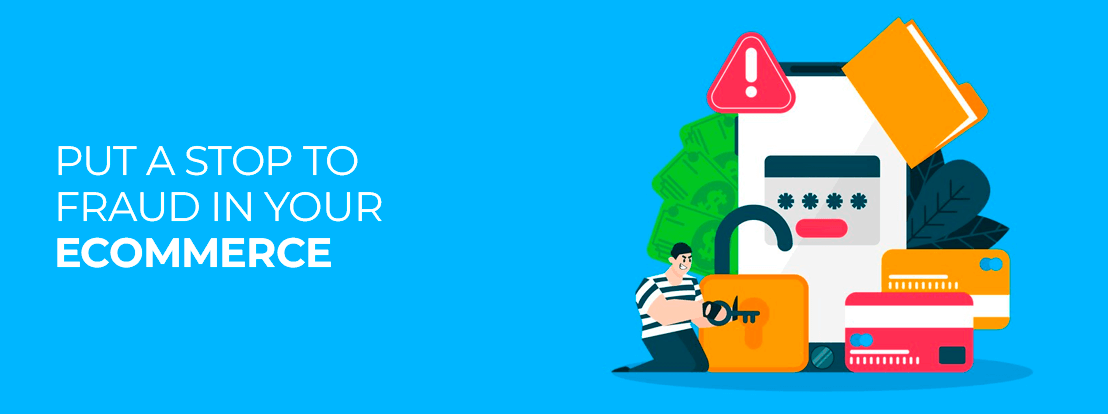


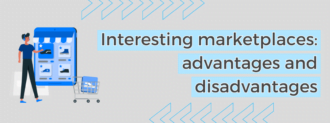
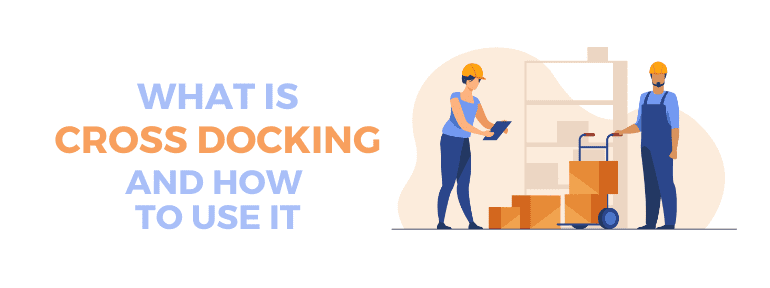
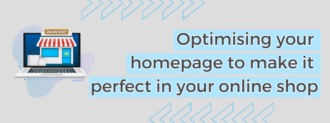
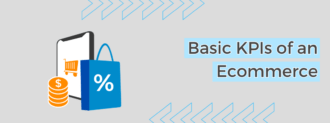
Deja un comentario